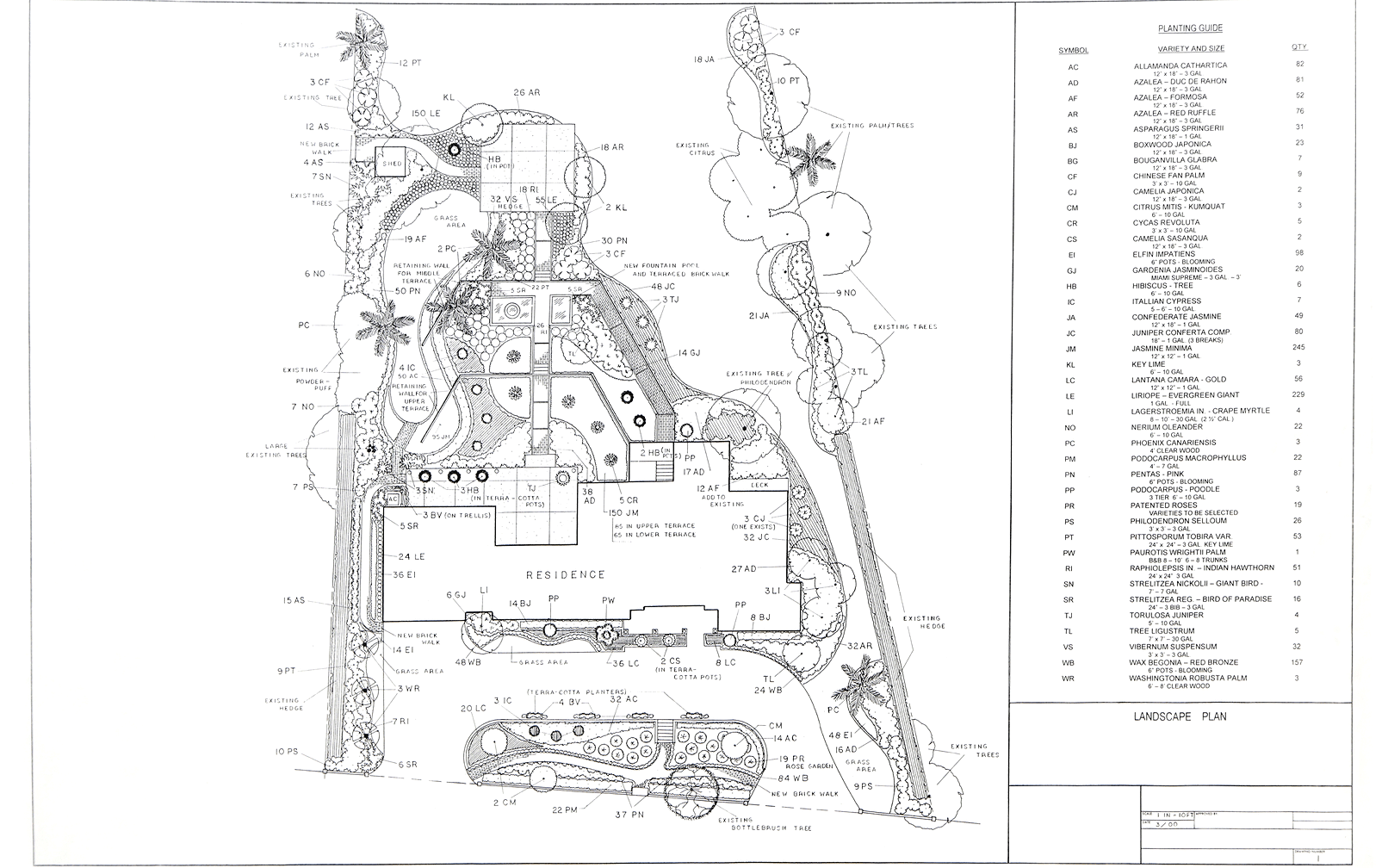Native plants reduce water usage, require less maintenance and rely on little to no pesticides. To put it simply, native plants are all around better for your wallet as well as the planet. Who doesn’t want their life to be easier? Native plants offer a chance to reduce your stress and the money you spend on landscaping maintenance, all while helping to preserve the precious planet we live on.
Instead of landscaping, the world needs to shift focus to naturescaping, or landscaping with native trees and plants that benefit everyone. Check into the native plants in your neck of the woods, you might be surprised just how many beautiful options there are.
The Benefits Of Using Native Plants
1. Native Plants Save Water
Water costs money and it’s a precious commodity that we don’t have nearly enough of. In fact, if we continue to use water at current rates we will run the planet completely dry. Native plants can survive in the given environment without much additional watering, if any. For the most part, they can survive off of normal rainfall.
60% of all water used on the west coast and 30% of all water used on the East Coast is directly related to watering lawns—shocking, but true. According to US News and World Report, a 1,000 square foot lawn (that equals a 20’ x 50’ lawn) guzzles down 10,000 GALLONS of water every summer in order to maintain its green glow.
On the west coast, entire rivers are emptied in order to keep large scores of grass looking green. Is it really worth it? Of course not! More and more species are going extinct simply because we are taking away water and replacing it with chemicals and pesticide runoff. For example, the Salmon population in the Pacific Northwest has seen huge declines all because of water diversion related to wasteful practices.
2. Native Plants Require Less Maintenance
Maintenance equals money and time, and non-native plants require a lot of it. On the other hand, native plants are made to survive all on their own in your particular climate. That means they require little to no maintenance at all. You can use little to no fertilizer, pesticides, or water as well as spend less time pruning. They even require little to no raking because leaves are a natural soil builder when in their native space.
Maintenance has a number of unintended consequences, for instance lawn blowers and weed whackers create exhaust fumes and noise pollution. A mower emits 10-12 times more pollution than a car. Sting trimmers emit 21 times the pollution of the average automobile. Blowers emit 34 times the pollution of the average automobile.
3. Native Plants Don’t Need Pesticides
Did you know that over 50 million pounds of pesticides are poured onto lawns every single year? Native plants naturally develop mechanisms to fight off local bugs and insects as a survival tactic. As a result, native plants are at a decreased risk for developing diseases and becoming overrun with pests, even without the use of pesticides.
Pesticides are dangerous to a whole host of creatures, including humans. By reducing or completing stopping the use of pesticides we reduce toxins in local creeks and watersheds. Plus, pesticides cost money that you don’t have to spend.
Pesticides and synthetic chemicals are linked with increased rates of cancer and other diseases. Some of the chemicals found in pesticides are so strong the instructions come with strict warnings, like only use once a year.
According to a study out of Yale University, the average suburban lawn is submerged in 10 times as much chemical pesticide per acre as farmland. When it rains, these chemicals run off into our waterways, further spreading harm by getting into drinking water.
While municipal water treatment systems often add chlorine to kill bacteria in water, they do not test or treat water for synthetic pesticides. These pesticides are suspected to be mutagens and carcinogens, chemicals linked to birth defects, cancer and more. That makes the following research conducted in Mississippi all the more frightening. Researchers identified around 1/3 of phosphorous fertilizer ends up in local waterways as opposed to its indented destination.
Simply landscaping with native plants reduces the need for these harmful pesticides and synthetic chemicals.
4. Native Plants Increase Local Wildlife
The local birds, butterflies and other beneficial insects and creatures are going to make their appearance known when you plant native plants. The two were made for one another; after all they both naturally thrive in the same environment.
Researchers have found that native wildlife prefers native plants. As more and more natural habitats disappear in exchange for concrete jungles and suburban developments, wildlife loses precious habitat space. By infusing a space with native plants you help create a bridge that wildlife can depend on.
Manicured lawns provide no benefits to wildlife, causing beautiful birds and butterflies to disappear. By planting native plants you help attract these lovely creatures.
5. Native Plants Help Produce Cleaner Air
Native plants require less mowing and other forms of maintenance, therefore creating cleaner air from the get-go. By simply ditching the lawn mower you reduce pollution. Lawnmowers emit around 5% of the nation’s air pollution, consuming at least 200 million gallons of gasoline every single year. In fact, one gas-powered lawnmower releases 11 times the air pollution of a brand new car. Excessive carbon from burning fossil fuels contributes to global warming. Native plants help further clean up pollution by removing carbon from the air.
6. Native Plants Save You Lots Of Money
A study conducted by the Applied Ecological Services (Brodhead, WI) found that the cost to maintain a prairie or wetland is $3,000 per acre. On the other hand, non-native turf grasses total $20,000 per acre in maintenance. That’s a difference of $17,000!
Let TerraCast Products help you save even more money with our long-lasting eco-friendly site furnishings, resin planters, lighting fixtures and more!

